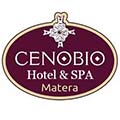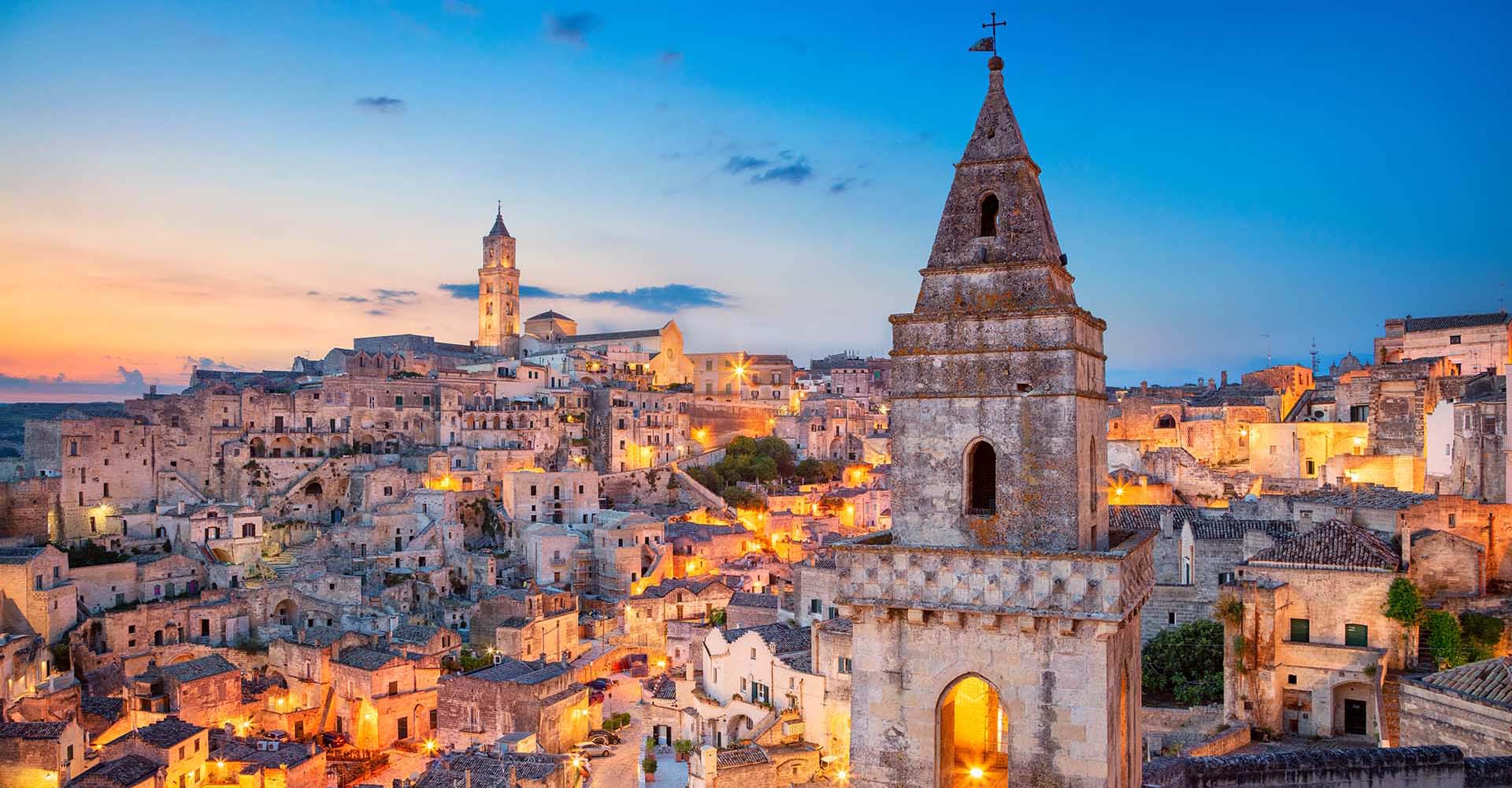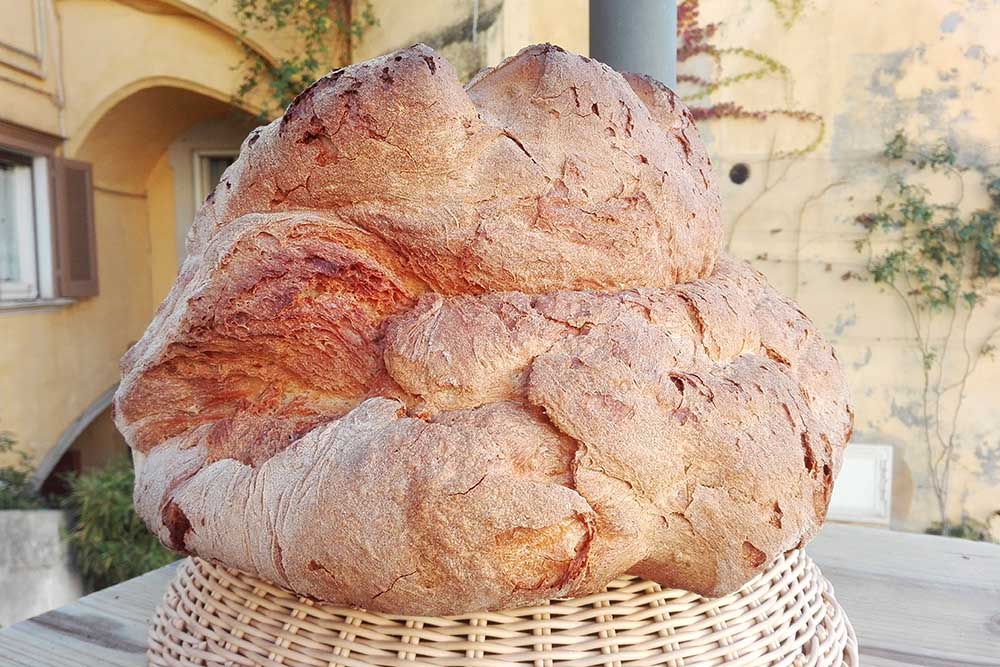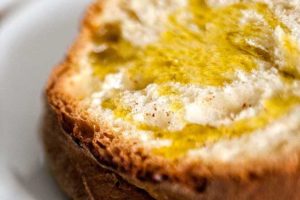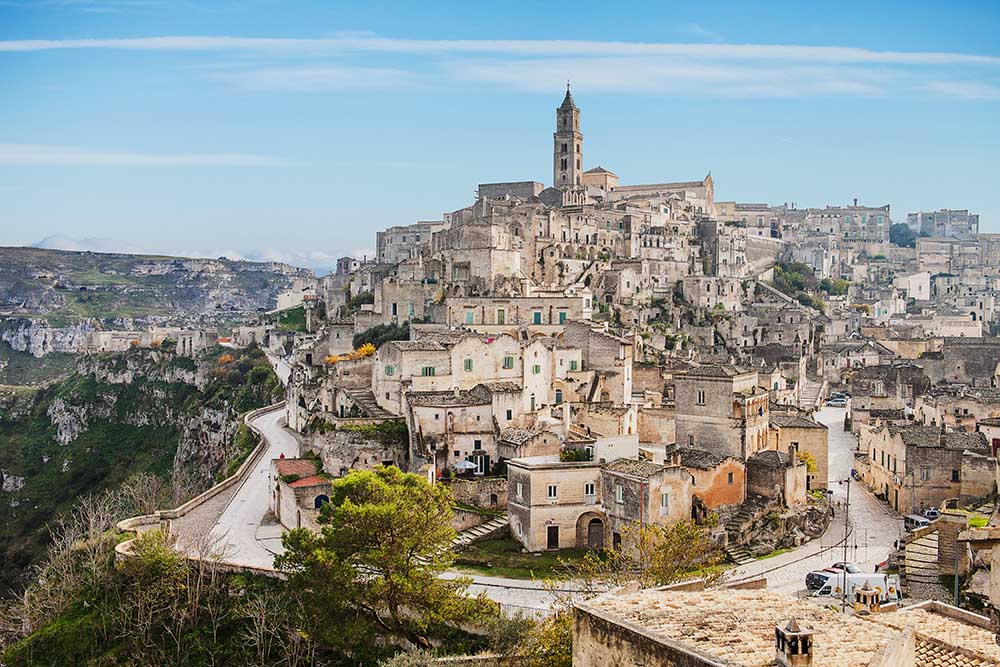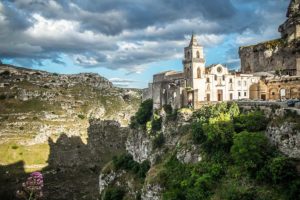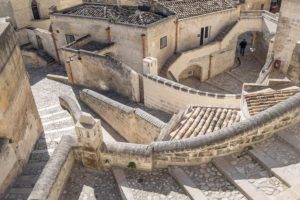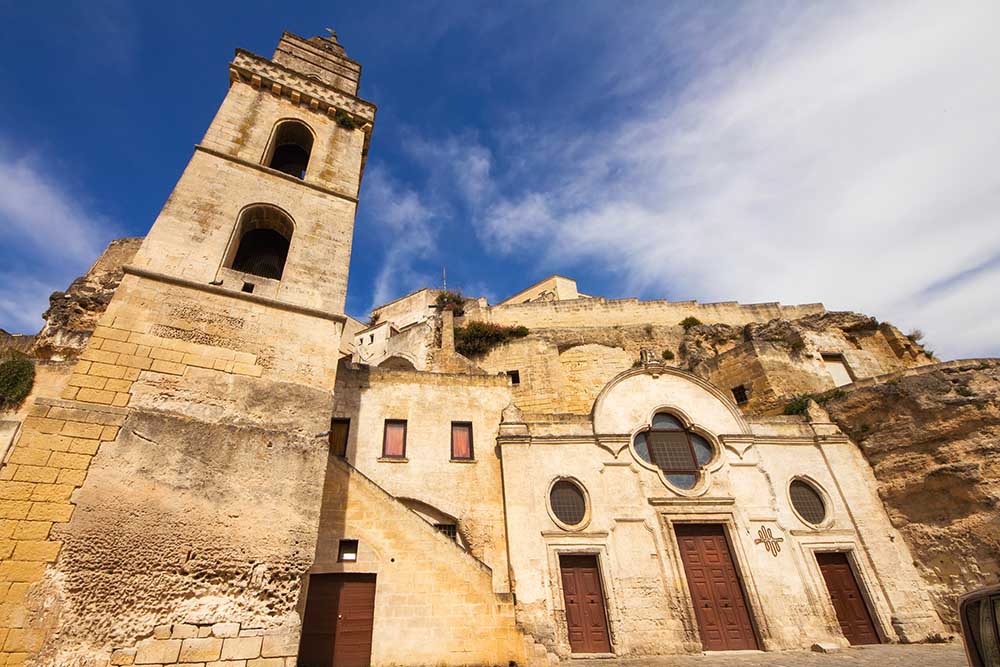Matera is one of the oldest towns in the world whose territory has been containing evidence of human settlements since the Paleolithic. It represents an extraordinary page written by humans through the millennia of this very long history.
Matera is the town of Sassi, the original urban nucleus, developed from the natural caves carved into the rock and later modeled in increasingly complex structures within two large natural amphitheaters that are the Sasso Caveoso and the Sasso Barisano.
